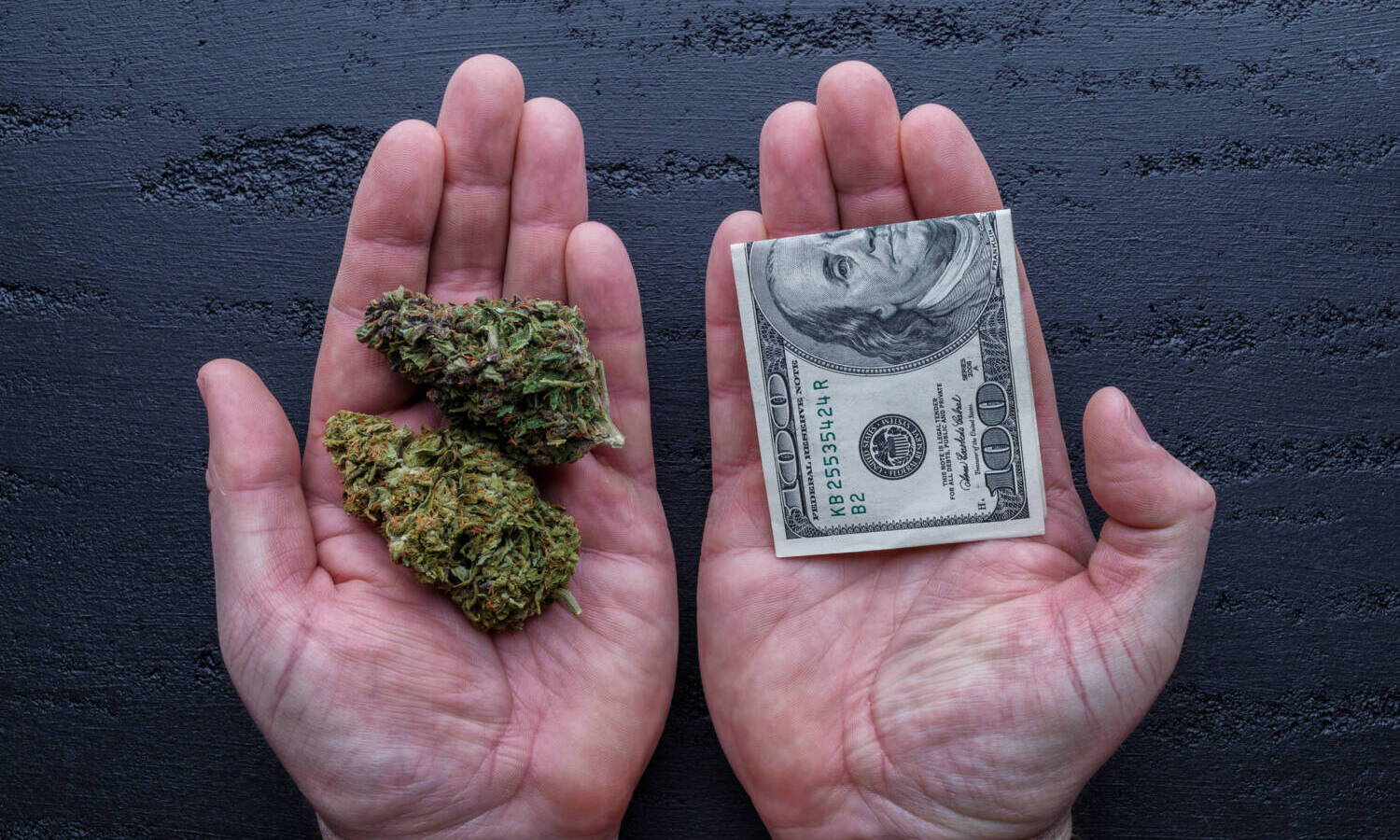One staffing head feels companies aren’t raising wages to meet the cost of living increases, and says companies are replacing higher-paid employees with lower-wage individuals.
By
Cannabis professionals are divided over whether the industry is paying a living wage. With a range of points to consider, opinions are formed by various market metrics. From base salary to cost of living to P&L sheets, sources made cases for both sides of the argument. Like much of cannabis, the answer remains far from definitive at this time.
Opinions Split Over Living Wage
Using data and first-hand experience, cannabis staffing company heads split on if the industry paid a living wage.
Kelsea Appelbaum, VP of Partnerships at Vangst, feels wages are meeting the standard. Using company data, she said average hourly salaries for roles such as budtenders, warehouse workers, extractors and cultivators range from $14 to around $30 per hour.
Applebaum pointed toward the company’s 2021 salary guide, highlighting roles like lab worker ($16 to $21 per hour), production techs ($14 to $30) and budtender ($14 to $25 per hour plus tips) as examples of the varied pay scales.
Liesl Bernard, CEO at temporary staffing firm CannabizTeam, cited her company’s annual salary report to conclude that most temp workers made above minimum wage.
The company’s report noted that industry salaries rose 4% in 2021, with senior executives increasing upwards of 10%.
“Close to 40% of these workers are also offered full-time positions within their first six months on the job,” said Bernard. She did not elaborate on full-time salaries but did report most offers included insurance and possibly additional benefits.

Opposing viewpoints didn’t offer data but anecdotes to reach their conclusions.
Danielle Schumacher, co-founder and CEO of THC Staffing Group, feels companies aren’t raising wages to meet the cost of living increases.
She reported seeing hourly and salary rates decrease in 2022, with companies replacing higher-paid employees with lower-wage individuals.
“I’m seeing cannabis companies no longer offering benefits or less than they used to,” Schumacher said, saying public companies and ones in ownership transitions seemed most likely to do so.
On the other hand, Appelbaum said that an upcoming Vangst white paper of unpublished data from their 2021 report would indicate that respondents felt cannabis benefits packages met or exceeded their previous non-cannabis position.
In the report, 20% of respondents felt industry benefits were better than their last job, with 40% feeling benefits matched their previous positions.
In either case, companies should consider if employees can make ends meet.
Jojo Benje, VP of People and Strategy at cannabis payroll and HR platform Wurk did not offer data but reported that employees at production, cultivation and dispensary roles aren’t receiving wages that match ongoing inflation concerns.
He warns companies that employees not making a living wage could upend company progress.
“Can’t run a business without happy people,” Benje said.

Numerous Points Considered
Marketplace and industry comparisons drove much of the sources’ rationales.
“While $14 per hour may not be a living wage in Denver or Los Angeles, it is in other low-cost legal states,” Vangst’s Applebaum said.
CannabizTeam’s report touched on several factors shaping pay, including company size and candidate experience. Location served as a prime factor as well.
RELATED: Why Marijuana Companies Are Laying Off Workers As Industry Grows
The report dove into various markets and pay changes over the past year. San Francisco, CA (+64%), Stamford, CT (46.9%) and Washington, DC (40.1%) topped the list for industry salary increases.
Springfield, IL (-14.2%), Tulsa, OK (-11.6%) and St. Louis, MO (-9.6%) led in salary decreases during the period.
Nico Pento, Esq. of the firm Bianchi & Brandt agreed that regional cost of living is critical.
“There’s a common misconception about wages in the cannabis industry that is being perpetuated by groups like the United Food and Commercial Workers International Union and other unions looking to exploit the industry while it is in its infancy,” said Pento.
In September 2021, UFCW International called on federal and state lawmakers to ensure the nascent space created “high-quality, better-paying jobs” for employees. The group cited an Economic Policy Institute report that estimates unionized cannabis workers could make between $2,810 to $8,690 more per year than non-union professionals.

Pento added that the cost of operations is a prime concern, noting that cannabis operators have higher risks associated with compliance, licensing, regulations and taxes.
“The cost of doing business as a cannabis operator is significantly higher than in any other business sector,” he said.
RELATED: Michigan Bill Would Allow People Under 21 To Work In Weed Industry
Kara Bradford, CEO and co-founder of Viridian Staffing, agreed, noting that brands face additional taxes and costs than other industries. While P&L sheets have to remain positive, she encourages brands to look beyond the bottom line.
“It would be really nice for companies to make sure they are keeping in mind cost of living when looking at the cost of labor,” she said.
To help companies ensure they are considering living wages in their region, Bradford points clients toward Massachusetts Institute of Technology’s (MIT) living wage calculator.
The free online resource breaks livable wages down by US county, household sizes and up to two working adults in the home. Bradford feels the calculator benefits brands looking to shape a compensation plan or company pay philosophy.
She directs clients to the tool, “To at least have this as a data point and hopefully a baseline instead of just looking at minimum wages.”
This article originally appeared on Benzinga and has been reposted with permission.


